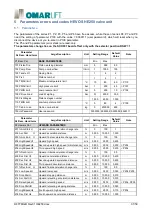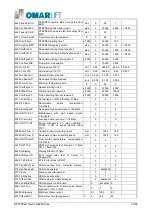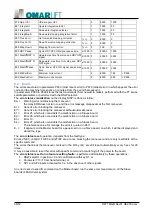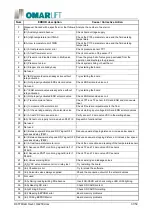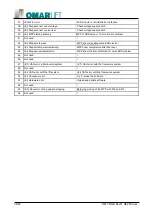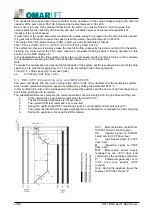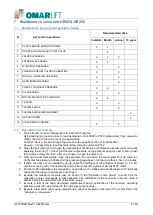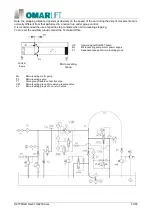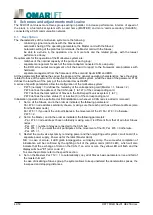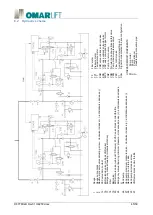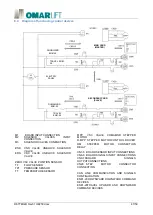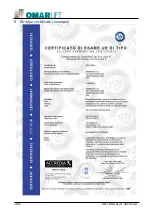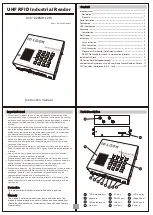
44/50
D877 MGB Rev01 HE250.docx
8 Schemes and adjustments multi-valve
The SCH001 card uses more Hevos groups acting in parallel, to increase performance in terms of speed of
the plant, in a hierarchical system with a card home (MASTER) and more 'cards secondary (SLAVES),
connected by a CAN communication network.
8.1
Description
The characteristics of the multi-valve system are the following:
-
minimizing signal connections with the Slaves cards,
-
automatic sharing of the operating parameters, the Master card with the Slaves;
-
Automatic setting of the plant test commands, the Master card with the Slaves;
-
be able to exclude, in the operation, one or more tabs and the related groups, with the lowest
performance decay.
Requirements for the operation of the Multi-valve system are:
-
matches of the nominal capacity of the pump of each group;
-
separate management for each of the motor adapter connected to its own pump;
-
the ERR error output management of all the board to report to the framework also problems with
hardware;
-
separate management from the framework of the solenoid inputs ENR and ERS.
All the parameters that define the speed, the space and the general operating characteristics, have the values
related to those of the system it is connected to the multi-valve system, while the value of the parameter P102
defines the rated flow of the pump of the individual Hevos HE250.
A series of specific parameters allow the configuration of the multi-valve system:
-
P 475 (normally = 0) defines the hierarchy of the corresponding card (Master = 1, Slaves = 2)
-
P 476 defines the address of the CAN node (1 to 127) of the corresponding card,
-
P 477 defines the total number of Slaves in the Multi-specific valves system (1 to 7),
-
P 478 defines the active status (1) or inactive (0) of the corresponding card.
Initialization (operation to be performed at first installation or whenever a CAN node is added or removed)
1. Set on all the Slaves, and in the order as indicated, the following parameters:
Par. 476 = node address arbitrarily chosen, making sure that each card has a different address (also
from the Master node);
-
Par. 478 = 1 if you want the unit participates in the movement of the lift, Par. 478 = 0 otherwise;
-
P 475 = 2.
2. Set on the Master, and in the order as indicated, the following parameters:
- Par. 476 = node address chosen arbitrarily making sure it is different from that of all other Slaves
nodes;
- Par. 477 = number of slaves connected to the CAN bus;
- Par. 478 = 1 if you want the unit participates in the movement of the lift, Par. 478 = 0 otherwise;
- Par. 475 = 1.
3. Restart the multi-valve system by removing power and then reigniting each system circuit board (if a
separate power supply, Power up for the latest Master Card).
N.B.: in caso di errore, il LED giallo lampeggerà e sul display comp The successful completion of
initialization will be confirmed by the lighting of all of the yellow cards (LD30 LED), which will also
indicate that the exchange of data on the CAN. If an error occurs, the yellow LED will flash and the
display will show "Er" (error code: 47).
To solve the problem, refer to the specific section.
4. Set on the Masters Par. 712 = 1 to automatically copy all of Slaves basic parameters, rise and fall of
the master himself.
In case of disabling a Slaves group, the system allows to keep unaltered the deceleration spaces, the
low speed and stopping distances.


